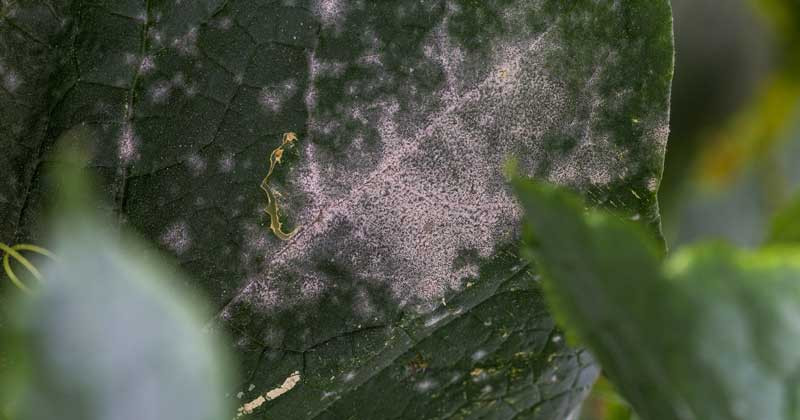Powdery mildew Erysiphe, Podosphaera, Oïdium, Leveillula

Powdery mildew is a fungal disease that is caused by many different species of fungi such asErysiphe, Podosphaera, Oïdium, Leveillula.
Questions About Powdery mildew?
Our team of experts is at your disposal to help you make the best decisions according to the particular needs of your crop. Do not hesitate to call us during normal business hours at (503) 342-6698 or write us through our chat to provide you with personalized service. We will be more than happy to help you!


